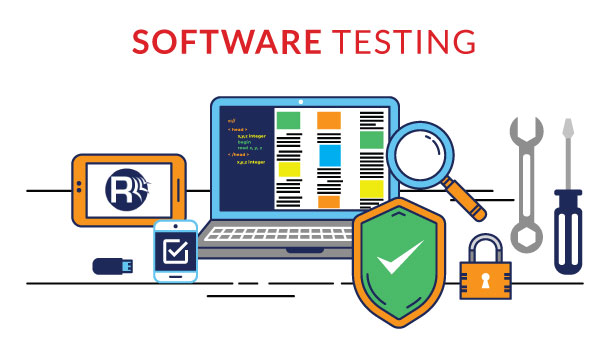Software testing: Features and difference of solitary test and peer test
Whatever the type of test adopted, there is always the need to understand if the activity can be carried out by a single person or if it is possible to structure real teams of testers, able to operate better in less time. In reality, these benefits are often difficult to pursue, due to lack of dialogue between operators, disorganization, delays and a large number of testers who risk voting the business to a failure. These parameters must be evaluated and managed appropriately, in order to obtain greater results.

Naturally, the type of activity plays a fundamental role: there will be activities that will lend themselves to being carried out by a few operators, others for which a greater number of testers will be necessary. Considering this aspect, we wonder if the tester’s work should be performed by separate individuals, or it is possible to create pairs of testers that work together; in the latter case, we are talking about peer tests, a methodology that is widespread in areas that are not very varied, monotonous, mechanical and repetitive (often the test activity is so!) in which it was noted that two testers encourage creativity which brings greater benefits to the quality of the work to be performed in terms of analysis criteria and number of possible tests. Thanks to eXtreme Testing, which considers it an efficient approach to product analysis, the peer test is ultimately spreading with increasing speed; I personally personally consider it the most constructive of a common test to be carried out individually.
Usually the peer test activity is carried out by two testers who work together on a machine, supporting each other. Four eyes are better than two, of course, but working as a couple brings greater satisfaction (creating a harmony and a spirit of mutual support), gaining interpersonal relationships and strengthening the entire operational structure. However, it is not as simple to manage as it seems; it is necessary to prepare separate work plans, so as not to create situations of competition, and it is also necessary to appropriately choose the pairs of testers, in order to search for the best operating combinations in terms of characteristics and efficiency. A role that requires management knowledge from the management. The au pair test is the demonstration that a solitary test (consisting of a single operator that works exhaustively with little dialogue with the other testers) is not always the best solution. However, everything must be carefully evaluated within the operating structure.
